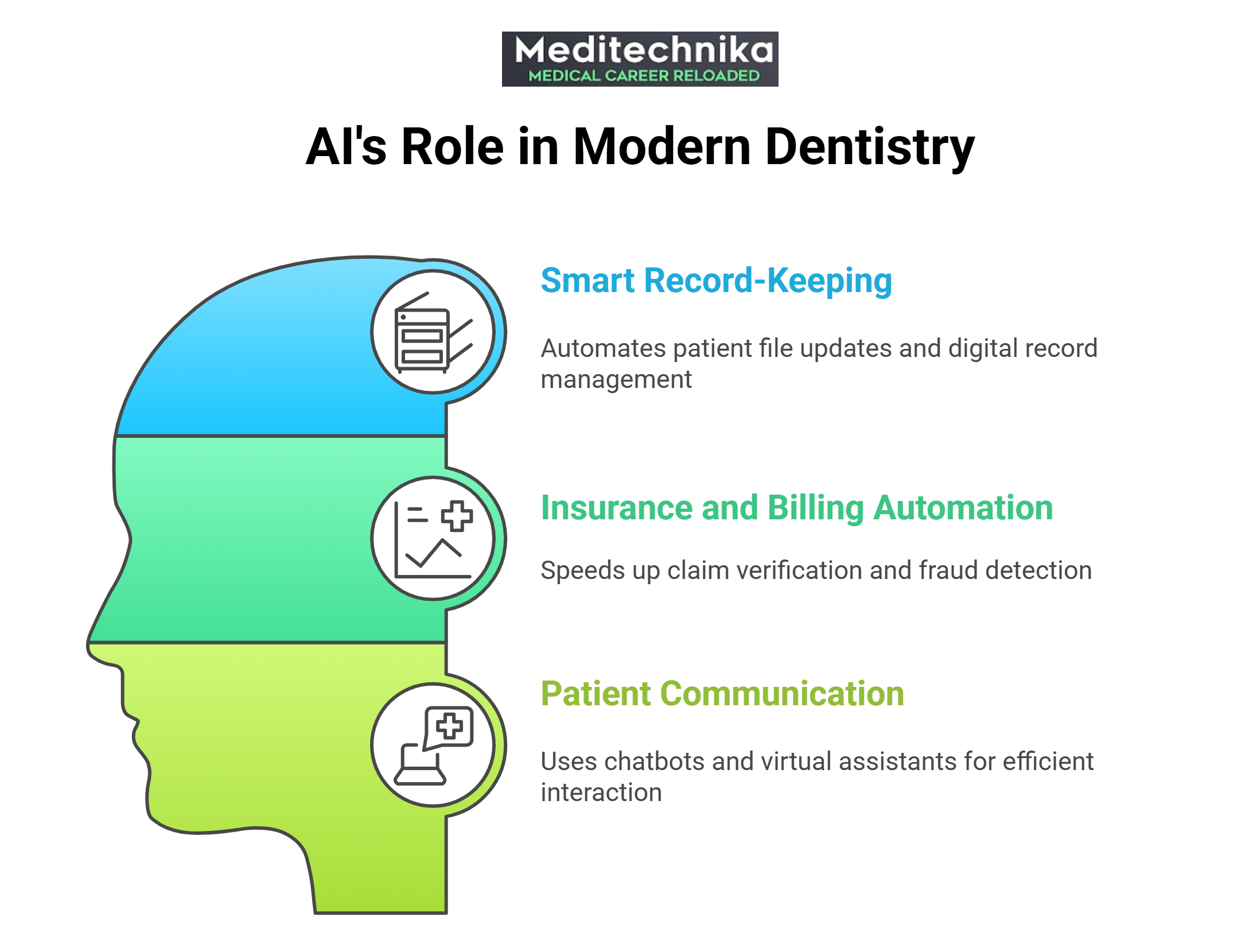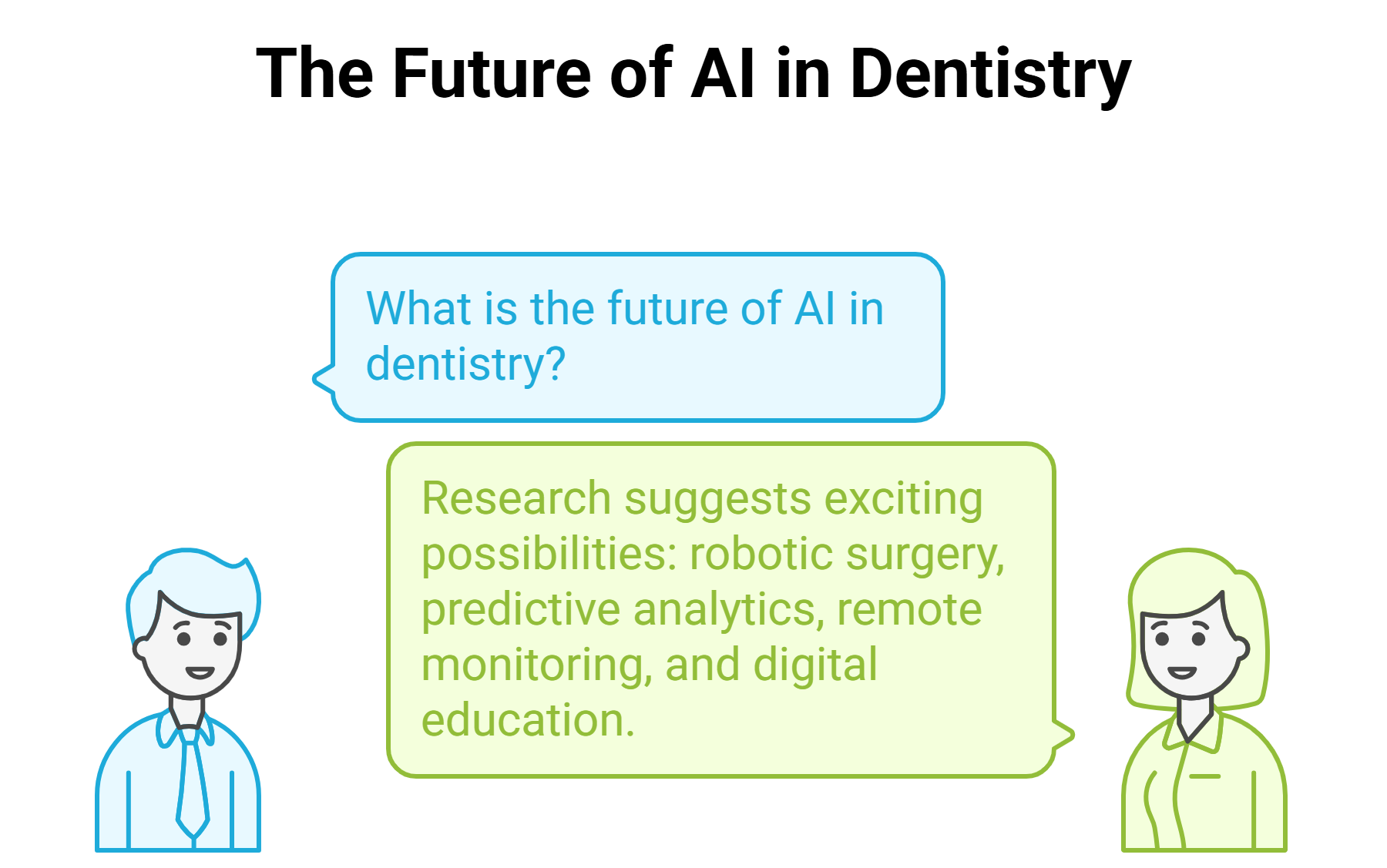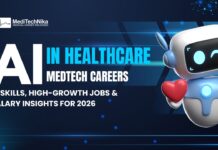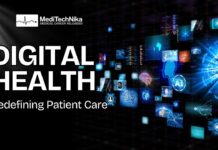Smarter Smiles Ahead: How AI Is Transforming Dentistry
When we walk into a dentist’s room, we see mirrors and chairs. But imagine you see a computer quietly scanning your X-rays, reports, spotting cavities at an early stage, and suggesting treatment options even before the dentist opens their mouth. Get introduced to the new age of AI in Dentistry, where algorithms are learning to see what the human eye sometimes can’t
From diagnosis to treatment planning, dental AI is helping dentists give faster, more accurate, and more personalized treatment. AI is the new best friend of Dentists.
In this article, we will explore how AI in dentistry works, why it’s revolutionizing oral health, important tools like Pearl AI dentistry, and what the future holds for this digital revolution.
What is Artificial Intelligence in Dentistry?
Artificial Intelligence (AI) are nothing but software that can “think,” “learn,” and “make decisions”, just like humans, but faster and with great precision.
AI in Dentistry uses two powerful technologies:
- Machine Learning (ML): In this the systems learn from huge data sets. For example, thousands of dental X-rays.
- Deep Learning (DL): This technology is a type of Machine Learning. It identifies complex patterns in images or data of the patients and it is inspired by the human brain.
According to published research, AI systems can now identify dental diseases from X-rays, predict treatment outcomes, and even suggest personalized treatment plans.
Fun Fact: The first experiments with AI in dentistry began in the 1980s, but only recent advances in computing and imaging have made it practical for everyday use.
How AI in Dentistry is doing Smarter Diagnosis
AI had now become the second pair of eyes of the dentists.
“Earaly Detection is the key” is the mantra every dentist follows, but even skilled doctors might miss out tiny lesions or hairline fractures. To help here, the AI for dentistry steps in.
The AI models which are trained on thousands of radiographs and patient reports can detect:
- Cavities (caries) in early or invisible stages
- Bone loss associated with gum disease
- Root canal problems or hidden infections
- Oral cancer markers before visible symptoms appear
A few studies also showed that AI diagnostic tools sometimes match with the dentists reports. There are also instances where they outperform trained radiologists in spotting abnormalities in dental X-rays.
Did You Know?
Humans need breaks and we get tired but AI doesn’t get tired or distracted. It looks at every pixel of an image, ensuring even the tiniest cavity doesn’t go unnoticed
To answer the first question that comes in people’s mind “Will AI replace dentists?”
The answer is that this doesn’t replace the dentist; it gives them an additional support to double-check results and make faster diagnoses with more confidence.
Tailored Smiles for Every Patient
AI in dentistry is a boon in diagnosis. Beyond that its is reshaping how treatment is planned and delivered. AI will now recommend cutomized treatment plans by analyzing a patient’s data, from X-rays and CT scans to medical history.
Here’s how it helps:
- Orthodontics: In this, it predicts tooth movement for precise aligner design.
- Implantology: Plans implant position and depth using 3D imaging.
- Restorative Dentistry: Suggests the best crown or filling shape based on digital scans.
This formatted and planned approach ensures fewer complications and more patients will be satisfied.
Example: There is a dental software that can now simulate the “final smile” after orthodontic or cosmetic treatments, giving patients a clear preview before any treatments starts.
Example of Smart Dental Imaging
If you have previously heard or know about Pearl AI dentistry, then you already know one of the best examples of AI in clinical use.
Pearl is a dental AI platform that is approved by FDA. It analyzes X-rays in real time to detect potential conditions like decay, calculus, or bone loss. It acts like a smart assistant that highlights the issue directly on the image. And this allows the dentists to double-check and explain findings to patients visually.
Pearl’s success proves that AI for dentistry is not science fiction or fantasy. It is happening in dental clinics across the world, enhancing the accuracy and trust of the patients.
Interesting Fact: Pearl’s algorithms were trained on more than 100 million dental images. This huge number is equivalent to what thousands of dentists might see in their lifetime of practice.
How AI Streamlines Dental Practice
Artificial intelligence in dentistry isn’t just about diagnosis and treatments, it is also changing how clinics are operating. Here are other interesting things that AI can do in dentistry.
1. Smart Record-Keeping
There is another important part of the process which is storing data. AI can now automatically update patient files, track treatment progress, and manage digital records. This will free up some time of the dental staff.
2. Insurance and Billing Automation
Dental AI systems are now helping insurance companies verify claims faster and detect errors or fraud, reducing waiting times for reimbursements.
3. Patient Communication
Chatbots and virtual assistants (powered by AI) can answer basic queries, schedule appointments, or even send reminders, keeping clinics connected and efficient. This will save the time of the patients and ease the process from communication to treatment.
4. Challenges in AI in Dentistry
When there is an innovation, one thing that comes with it is challenges. There are so many challenges, bias and trust issues. Let us look more about it:
1. Data Privacy
AI systems work with the help of huge datasets of patients, which are associated with patient information. To protect the privacy and to ensure ethical use of data is difficult.
2. Algorithm Bias
If the AI is trained mostly on data from one region or population, it might perform less accurately somewhere else. Developers must ensure diversity in their training data and this is something hard to do because there are so many regions and they are diverse.
3. Regulation and Responsibility
Whatever we do we look for accountability. If a person is accountable for something we question them on anything and everything about it. But if AI makes a mistake who will be accountable? Will it be the dentist or the developer? Regulatory bodies like the FDA and European Medical Device bodies are working to clarify these issues.
Most experts agree that AI won’t replace dentists, but dentists who use AI might replace those who don’t.
What is the Future of AI in Dentistry?
Research have given insights toward an exciting future:
- Robotic dental surgery: We could use AI-guided robots to assist with repetitive or tasks that require precision.
- Predictive analytics: Systems might soon forecast patient risk factors based on lifestyle and genetics.
- Remote monitoring: Patients could use smart toothbrushes and AI apps that detect issues early and alert dentists remotely. Here is where the prevention is better than cure works.
- Digital education: Dental students might be trained by AI tutors using real case simulations.
Fun Fact: Harvard researchers are already experimenting with AI systems that “see and feel” like a dentist’s hand which mimics tactile feedback during procedures.
AI is not here to replace the art of dentistry, it’s here to enhance it and make it better.
Together by combining human expertise with the precision of machine, artificial intelligence in dentistry will make the patient care more faster, efficient and safe.
From systems reading X-rays (like Pearl AI dentistry) to predictive models preventing gum disease, the journey of dental AI has just begun, and there is no looking back.
So next time you visit your dentist, remember, there might be an invisible digital assistant helping the dentist to give you the best care.








